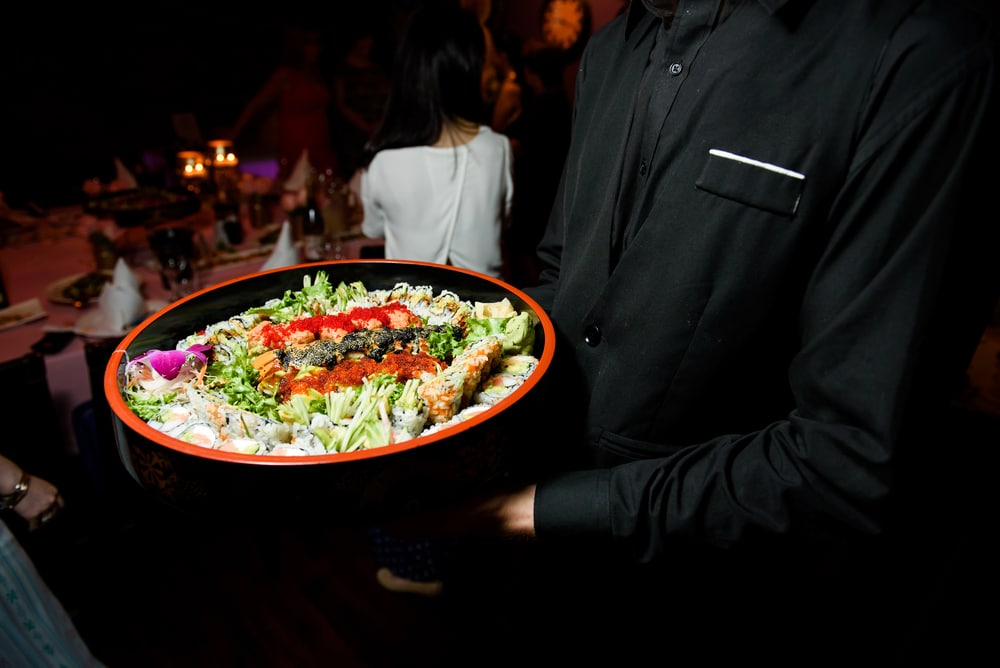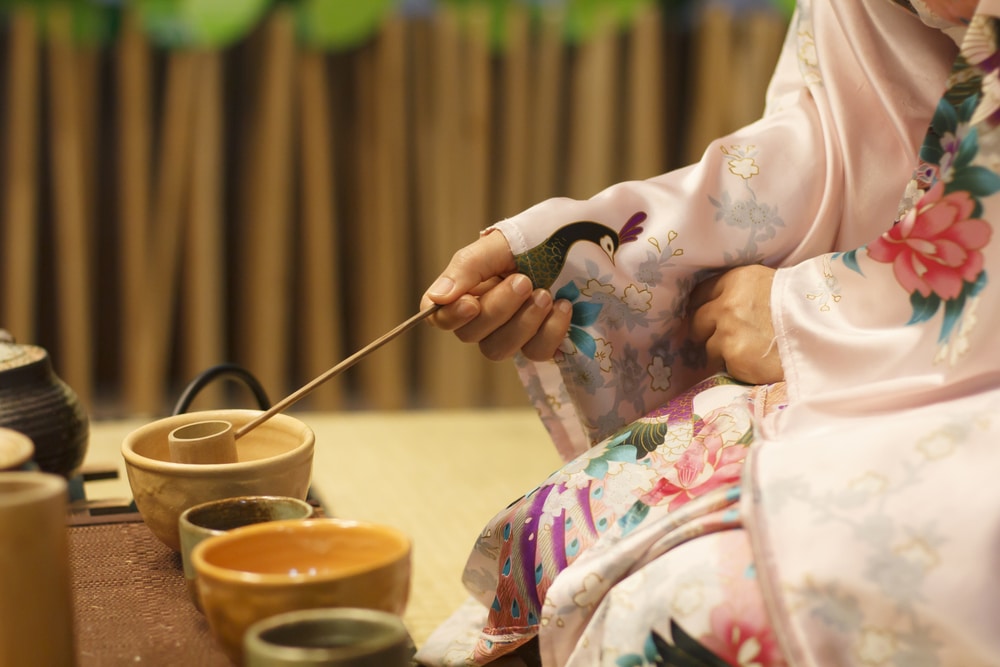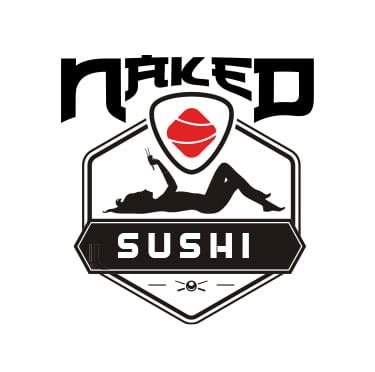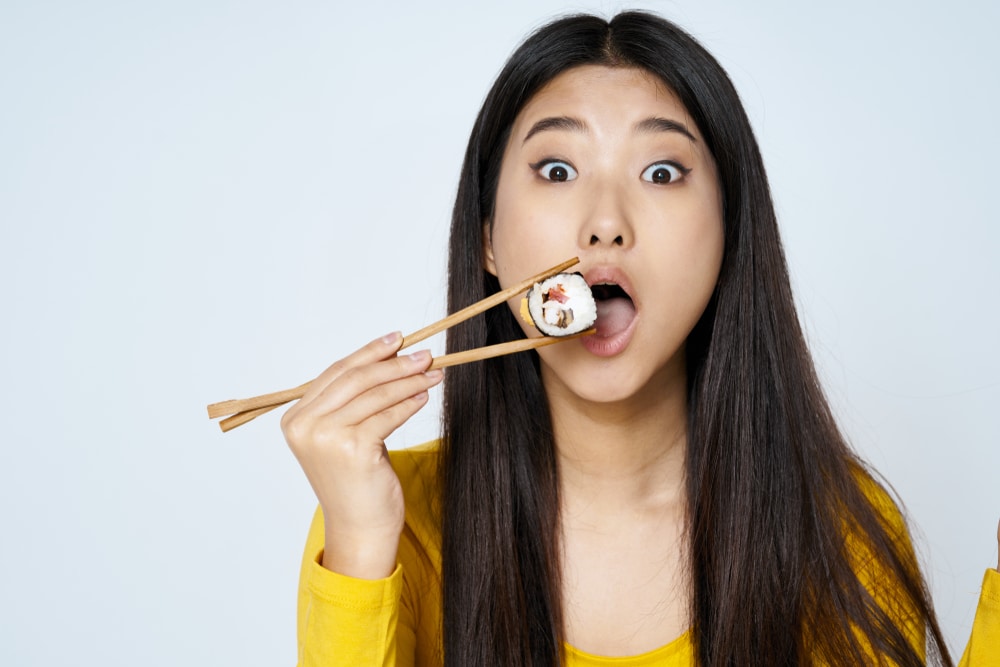A distinctive Japanese eating custom finds an unusual home in the center of Las Vegas, where the extraordinary becomes the regular. Nyotaimori, often known as “naked sushi,” is a dish that combines the expertise of cooking with a cutting-edge presentation style that has captured the attention of viewers. This traditional Japanese meal experience is elevated to a level of creativity and beauty by the age-old custom of placing sushi and sashimi carefully on a woman’s body, acting as a live platter.
The city of Las Vegas, which is well-known for its extravagant shows and cutting-edge cuisine, has welcomed nyotaimori and incorporated it into its exciting eating and nightlife scenes. Both residents and visitors are intrigued and in awe of nyotaimori as it makes its way through the neon-lit streets and opulent restaurants. Combining history with Las Vegas’s flare for the dramatic has improved the dining scene in the city and provided a fresh perspective on the nuances of Japanese culture and the universal language of food.
The way nyotaimori is adapted in Las Vegas is a tribute to the city’s dynamic culinary scene, where innovation and constant pushing of limits are expected. We discover not just a distinctive eating experience but also an engrossing tale of creative expression, cultural interaction, and the never-ending quest of amazing experiences as we dig further into the beginnings, evolutions, and present situation of nyotaimori in Las Vegas.

The Roots of Nyotaimori
The origins of nyotaimori, sometimes known as naked sushi in the West, are deeply ingrained in Japanese society. This unusual custom is presenting sushi or sashimi as a live platter on the body of a human, usually a lady. The technique embodies the Japanese passion for efemerality and aesthetics and is more than simply a unique method to offer food; it is entwined with ideas of beauty, art, and the fleeting aspect of life.
The origin of nyotaimori in history is a little bit hazy; according to some accounts, it originated during the samurai era as a way to celebrate winning a fight. By contrasting the fleeting beauty of the human form with the temporary nature of sushi, it was perceived as a means of appreciating life’s beauty. In this setting, the body takes on the role of a canvas, and the thoughtful arrangement of sushi becomes an artistic expression that honors both the human form and culinary artistry.
Nyotaimori follows stringent guidelines and customs in traditional contexts. To ensure cleanliness and purity, the model, also known as the “body platter,” goes through a rigorous bathing routine before the event. They exhibit the elegance and discipline associated with Japanese art forms, remaining still and calm throughout the meal experience. The sushi that is served to them is expertly prepared; chefs choose pieces of sushi that go well with the human tableau. The tradition is based on a strict attention to detail and respect for both the meal and the model, which reflects larger Japanese cultural ideals about cleanliness, decency, and the appreciation of beauty.
Additionally, nyotaimori explores the wabi-sabi Japanese aesthetic, which finds beauty in impermanence and imperfection. This idea is embodied in the transient freshness of the sushi and the transient use of the human body as a serving vessel, encouraging diners to contemplate the transience of beauty and life itself.
Despite having strong cultural roots, nyotaimori has generated debate and differing interpretations, especially when it comes to how it is seen outside of Japan. The practice changed as it traveled beyond national boundaries, bringing up issues with cultural appropriation and altering customs to fit shifting social mores. But fundamentally, nyotaimori continues to serve as a moving reminder of the creativity, deference, and reflective spirit that define a great deal of Japanese culture.

The Experience of Nyotaimori in Las Vegas
The atmosphere and spectacle of Nyotaimori in Las Vegas are just as important to the dining experience as the cuisine. Customers are taking part in an experience that combines culinary expertise with creative expression rather than just enjoying a meal. With its flare for the spectacular, Las Vegas is known for hosting exclusive and opulent Nyotaimori parties. These events are frequently conducted in private settings, fine dining establishments, or on special occasions.
A Nyotaimori eating event instantly envelops visitors in an ambiance that strikes a balance between tradition and innovation. The scene has been painstakingly designed to honor the city’s opulence and refinement while honoring the art’s original inspiration. To further add to the atmosphere of mystery, the lighting is lowered, and traditional Japanese music may mix with contemporary songs to produce a fully immersive sensory experience.
Sushi enthusiasts and newcomers to the dish can find something to suit their palates among the well chosen selections offered at Nyotaimori in Las Vegas. Every dish, from the delicate flavor of sashimi to the deftly wrapped maki, is expertly prepared by chefs who place a premium on quality and freshness. The model’s body has the sushi put in a way that emphasizes both the food’s visual attractiveness and the beauty of the human form.
There is a reciprocal respect between chefs, models, and diners for the tradition and expertise involved in organizing an event of this kind. The reverence and seriousness of the occasion are enhanced by the poise and dignity of models trained for Nyotaimori. Their elegance and calm add to the whole experience, making them more than just “tables”; they are regarded as essential components of the art form.
A common description given by participants is that the eating experience is transcendental, combining human beauty, art, and cuisine into one unique and unforgettable event. Diners are encouraged to reflect on the origins of the food they consume, the skill with which sushi is prepared, and the cultural significance of Nyotaimori via this unique connection with food. It’s an invitation to interact with food in ways that go beyond simple consumption, igniting conversations about the growth of the culinary arts, the borders of art, and appreciation of culture.
In Las Vegas, nyotaimori events frequently end with thank-yous directed towards the chefs and models, recognizing their talent, creativity, and role in creating an incredibly captivating experience. Many people view going to a Nyotaimori event as an opportunity to engage in a cultural phenomena that simultaneously challenges, delights, and educates them in addition to eating sushi.
The Evolution and Popularity of Nyotaimori in Las Vegas
A distinctive synthesis between traditional Japanese culture and the city’s well-known penchant for luxury and entertainment began when nyotaimori was introduced to Las Vegas. This unique sushi presentation was first greeted with interest and fascination, but it has since gained popularity and is now a sought-after experience for visitors and locals alike who are eager to sample Las Vegas’s wide range of culinary options.
In Las Vegas, nyotaimori has developed over time from a novelty dining idea to a refined and creative culinary technique. Yotaimori chefs have refined their craft, emphasizing not only the freshness and quality of the sushi but also its presentation and complete eating experience. As a result, there are now more high-end eateries and private parties serving nyotaimori, all competing to be the most inventive and elegant.
The craze for distinctive and opulent eating experiences that permeates Las Vegas is the reason behind nyotaimori’s appeal there. It’s about the spectacle and the entire experience that nyotaimori offers, not simply the food. The fusion of culinary expertise, artistic flair, and the personal bond created by ingesting sushi in such a distinctive way draws in diners.
Leading establishments and occasions have come to represent the nyotaimori experience in Las Vegas, each presenting a unique take on this age-old art form. at the rich tapestry of Las Vegas’s culinary industry, nyotaimori may be found at upscale restaurants, exclusive events, and VIP nightclubs. These establishments frequently have expert sushi chefs combined with professional models, guaranteeing that the experience is both unforgettable and respectful of its cultural origins.
The way nyotaimori has changed over time in Las Vegas is a testament to the city’s capacity for innovation and adaptation in the food industry. Yotaimori practitioners have started offering vegan choices and other culinary modifications to cater to a wider audience as the desire for unusual dining experiences develops. Because of its versatility, nyotaimori will always be current and able to pique the interest of individuals looking for the unusual in Las Vegas.
Nyotaimori’s increasing appeal contributes to Las Vegas’s standing as a place where the culinary arts and entertainment come together in delightfully surprising ways. The city’s acceptance of nyotaimori is evidence of its continued dedication to providing unique and outstanding eating experiences, enhancing its standing as a culinary hub where innovation and tradition live together.
Ethical Considerations and Modern Interpretations
Even while nyotaimori is an exciting and rich cultural practice, there are a number of ethical issues that need to be taken into account, particularly when it comes to how it fits within Las Vegas’s dynamic and varied environment. Respect for the human body and protecting the dignity of the models participating in this special eating experience are at the center of these concerns.
Ethical Considerations
- Respect and Consent: Treating the models who function as live sushi and sashimi platters with the utmost respect is essential to the ethical practice of nyotaimori. Setting limits and having open lines of communication before any event is crucial for consent. Models must have complete control over their involvement and the freedom to end it whenever they choose without facing any consequences.
- Professionalism in Action: Locations that provide nyotaimori must uphold a high standard of professionalism and treat models with the highest regard. This entails creating a secure and welcoming atmosphere and making sure the models’ comfort and privacy are given first priority prior to, during, and after the event.
- Health and Safety Standards: Strict adherence to hygiene and safety norms is maintained, and models go through processes for preparation that are compliant with health laws. Sushi is arranged on leaves or other non-permanent surfaces to shield it from skin contact, guaranteeing a sanitary eating experience for every patron.
Modern Interpretations
As nyotaimori finds a home in Las Vegas, the custom has undergone a number of contemporary adaptations that are in line with current sensibilities and ideals. These modifications show how nyotaimori is changing, becoming more approachable and considerate to all parties.
- Inclusive Practices: As a result of larger cultural trends towards gender equality and diversity, modern nyotaimori events are becoming more inclusive, featuring both male and female models. This inclusion goes beyond promoting body positivity, questioning conventional notions of beauty, and accommodating many body forms.
- Artistic Expression: In Las Vegas, nyotaimori is becoming more and more seen via an artistic perspective, emphasizing the human form and sushi’s beautiful presentation. It’s regarded as a performance art that raises the eating experience to the status of fine art by fusing visual elegance with culinary brilliance.
- Interactive and Educational Elements: A few events include educational components where guests are taught about the background of the sushi served, the history of nyotaimori, and the cultural significance of this custom. This method promotes a deeper comprehension and appreciation, going beyond simple entertainment to provide a richer cultural experience.
- Ethical and Sustainable Dining: The Las Vegas nyotaimori culture is placing an increasing focus on ethical and sustainable dining methods. This involves catering to a wider range of ethical and nutritional choices by using seafood that is produced ethically and by making vegetarian or vegan nyotaimori alternatives.
The development and contemporary interpretation of nyotaimori in Las Vegas demonstrate a deliberate attempt to honor customary beginnings while adjusting to modern moral principles and cultural norms. With these modifications, nyotaimori keeps enthralling and fascinating people by providing a special fusion of culinary art, cultural tradition, and respect for both the diner and the model, making for an unforgettable and considerate experience for all.
Naked sushi, or nyotaimori, is an intriguing fusion of contemporary entertainment and tradition, fusing Las Vegas’s passion for extravagance and spectacle with Japan’s rich cultural legacy. Not only has this dining custom taken root in Las Vegas, but it has thrived there as well, molding itself to fit the city’s dynamic and varied entertainment scene. The fact that nyotaimori still piques people’s interest—both domestically and abroad—is evidence of the city’s willingness to embrace novel and unusual events. Nevertheless, nyotaimori in Las Vegas has developed past its original shock value or novelty to become a recognized art form that requires a high caliber of skill from both chefs and models, guaranteeing that the experience honors its historical roots while embracing the vibrancy of its modern setting.
With its potential to combine culinary skills, performance, and cultural awareness with immersive dining experiences, nyotaimori in Las Vegas appears to have a bright future. The techniques and presentations of nyotaimori will likely change along with society’s views on art, nudity, and eating. This might lead to even more inventive interpretations of the tradition that respect its roots while pushing new frontiers. In the end, nyotaimori in Las Vegas represents a singular fusion of cuisine, art, and culture, beckoning visitors to delve into the depths of age-old Japanese traditions via a very contemporary and distinctively Las Vegas perspective.



Recent Comments